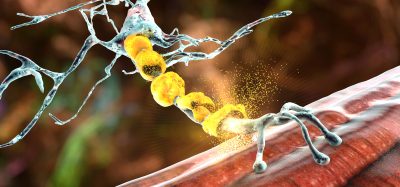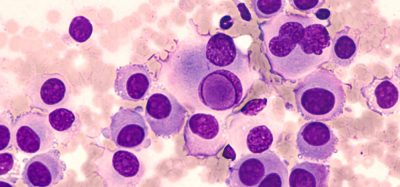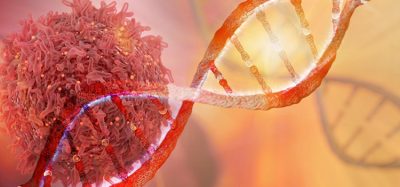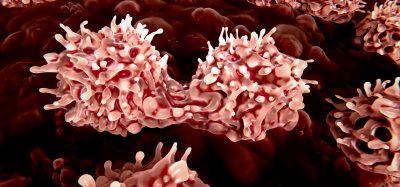Organoid models for personalised treatments of glioblastomas developed
Posted: 2 January 2020 | Hannah Balfour (Drug Target Review) | No comments yet
Lab-grown brain organoids from patients’ glioblastomas could be useful models to rapidly test and identify effective personalised treatments, find researchers.
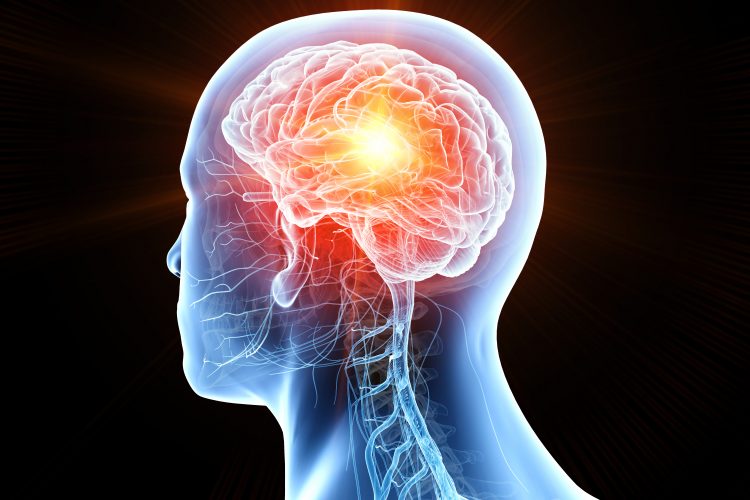
Researchers report that lab-grown brain organoids from patients’ glioblastomas could be used as models to inform clinicians about the genetic makeup of glioblastomas and to identify effective personalised therapy strategies for patients.
Glioblastoma multiforme (GBM) is difficult to study and treat due to its heterogeneity. Although some treatment approaches have proven to slow tumour growth and keep patients disease-free, a cure remains elusive.
…GBOs could be a useful model to quickly establish how each tumour may respond to various drugs”
“While we’ve made important strides in glioblastoma research, pre-clinical and clinical challenges persist, keeping us from getting closer to more effective treatments,” said co-senior author Dr Hongjun Song, Perelman Professor of Neuroscience in the Perelman School of Medicine at the University of Pennsylvania.
Existing in vitro models have limitations in their efficacy, particularly the time needed to exhibit gene expression and other histological features that closely represent the tumour.
Researchers in the study removed fresh tumour specimens from 52 patients to grow corresponding glioblastoma organoids (GBOs) in the lab. Genetic, histological and molecular analyses were performed to establish that these new GBOs had largely retained features from the primary tumour in the patient.
Eight GBO samples were then successfully transplanted into adult mouse brains, which displayed rapid and aggressive infiltration of cancer cells and maintained expression of key mutations up to three months later. Importantly, the infiltration of tumour cells into the surrounding brain tissue, a major hallmark of GBM, was observed in the mouse models.
To mimic post-surgery treatments, the researchers subjected GBOs to standard-of-care and targeted therapies, including drugs from clinical trials and chimeric antigen receptor T (CAR T) cell immunotherapy. For each treatment, the GBO responses were different and effectiveness was correlated to the genetic mutations in patient tumours.
The results indicate that GBOs could be a useful model to quickly establish how each tumour may respond to various drugs and provide insight into the most successful treatment strategies moving forwards.
“These results highlight the potential for testing and treating glioblastomas with a personalised approach. The ultimate goal is to work towards a future where we can study a patient’s organoid and test which CAR T cell is going to be the best against their tumour, in real time,” said co-senior author Dr Donald O’Rourke, Professor of Neurosurgery at the University of Pennsylvania. “A shorter-term goal, given the heterogeneity of glioblastomas, is that in vitro testing of various therapeutic options may also help refine patient enrollment in clinical trials, by more accurately defining mutations and selecting the appropriate, available targeted therapies for each.”
The findings were published in Cell.
Related topics
Oncology, Organoids, Personalised Medicine, Research & Development, Screening, Target Validation, Targets, Therapeutics
Related conditions
Glioblastoma, Glioblastoma multiforme
Related organisations
The Perelman School of Medicine at the University of Pennsylvania
Related people
Dr Donald O'Rourke, Dr Hongjun Song




